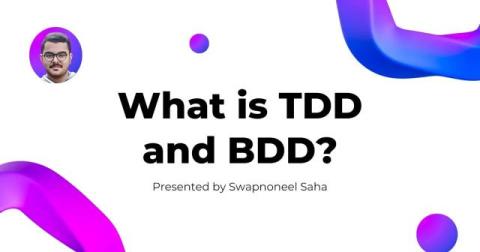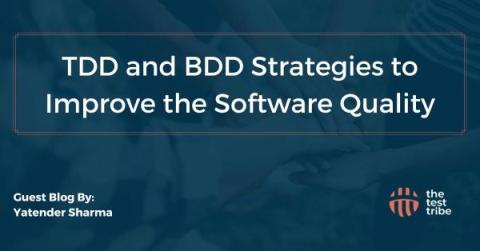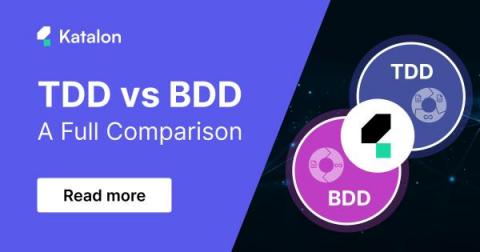Systems | Development | Analytics | API | Testing
BDD
Understanding Behavior Driven Development Testing
Understanding Tdd And Bdd : A Guide For Developers
TDD and BDD Strategies to Improve Software Quality
How Does #Cucumber Help in #SoftwareTesting Life Cycle? | Maheshwaran VK | #AutomationTesting
Behaviour Driven Development in Ruby with RSpec
BDD is Not Only Gherkin or Cucumber
BDD (Behavior Driven Development) strives to communicate clearly whenever any stakeholder's understanding of the desired system changes and attempts to have stakeholders in diverse positions interacting smoothly in parallel to maintain a near-constant grasp of the intended system behavior. If that understanding has been misaligned, it should be updated, or it should be synthesized with a new understanding of the intended system. This ensures that all stakeholders are pulling in the same direction.
A Complete Guide to BDD Testing in Financial Services
In the fast-paced and highly regulated world of financial services, software quality is arguably of utmost importance. To ensure financial products meet complex requirements and deliver seamless user experiences, robust testing methods are crucial. One such approach that has gained significant traction in the financial industry is Behavior-Driven Development (BDD) testing.
What is BDD Testing? A Complete Guide
BDD testing is an Agile approach to software testing where testers write test cases in simple language that even people without technical expertise can understand. The goal of BDD testing is to increase collaboration between the technical side and the business side. The Gherkin language is a unique business-readable language used to describe system behaviors and scenarios. It is structured by 3 primary statements: Given - When - Then, with each statement describing a specific aspect of the system.
TDD vs BDD: Full Comparison
TDD (Test Driven Development) and BDD (Behavior Driven Development) are fairly similar development approaches that both emphasize testing and collaboration, yet have major differences in focus and methodology. Simply put, in TDD, developers test first, then use the test results to guide their development, while in BDD, developers express the system behavior they want to create through Gherkin syntax, then code according to those Gherkin expressions.











